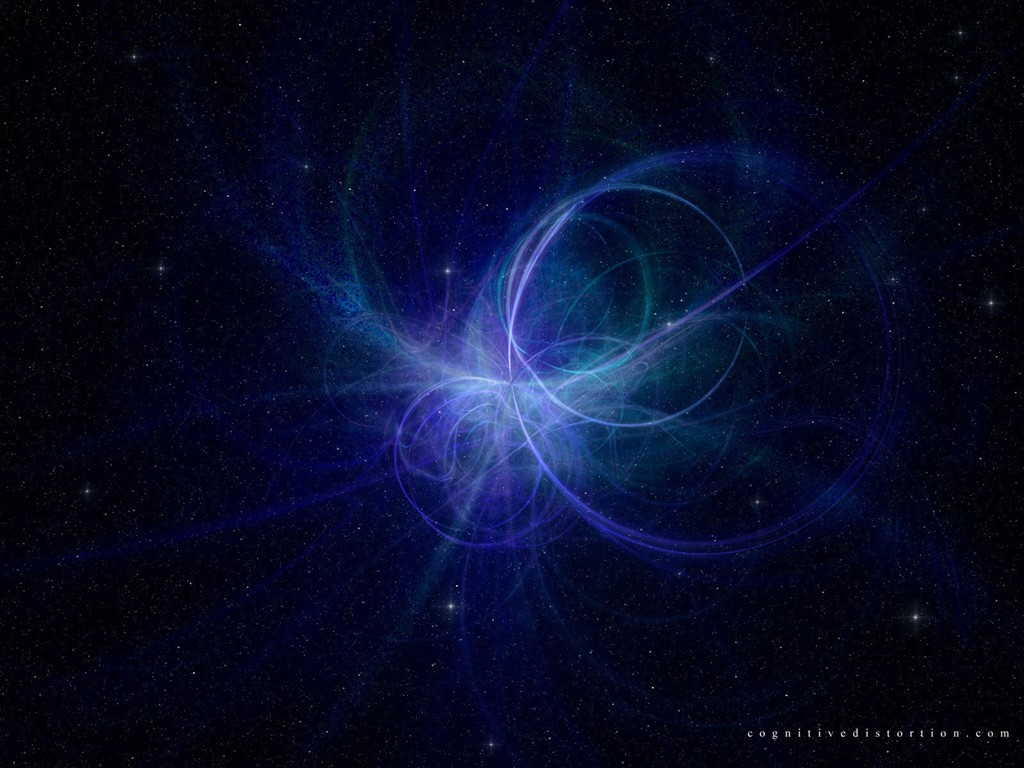
According to Wikipedia:
In colloquial usage, a fractal is "a rough or fragmented geometric shape that can be subdivided in parts, each of which is (at least approximately) a reduced/size copy of the whole"[1]. The term was coined by Benoît Mandelbrot in 1975 and was derived from the Latin fractus meaning "broken" or "fractured".
A fractal as a geometric object generally has the following features:
- fine structure at arbitrarily small scales
- is too irregular to be easily described in traditional Euclidean geometric language.
- is self-similar (at least approximatively or stochastically)
- has a simple and recursive definition.[2]
Due to them appearing similar at all levels of magnification, fractals are often considered to be 'infinitely complex'. Obvious examples include clouds, mountain ranges and lightning bolts.
However, not all self-similar objects are fractals — for example, the real line (a straight Euclidean line) is formally self-similar but fails to have other fractal characteristics.
Mathematically, the formal definition requires that the object's Hausdorff dimension is strictly greater than its topological dimension.
2 comments:
We're fascinated and moved by this phenomena and need to know more. Needless to say, we should all enroll in a good Mathematics/Geometry course. Or maybe just Dan. :P
Hi! A friend of mine makes these fractals, if you are interested look at his blog :)
http://fractalsandwords.blogspot.com/
Post a Comment